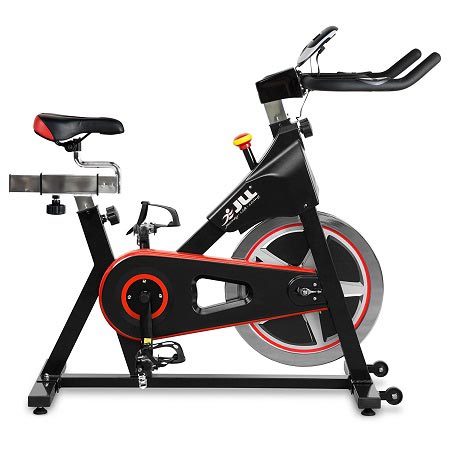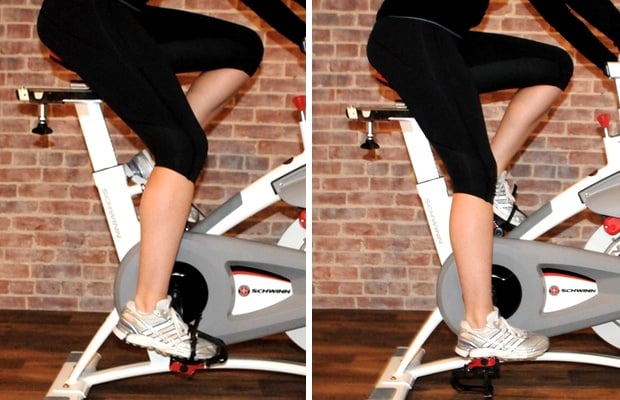

It can be difficult to stay at the moderate level in a class that is geared towards more intensity. It tones the quadriceps and hamstrings, along with working the back and hips without placing the same strain present in typical weight-bearing exercises. īesides burning (on average) between 300–500 kcal in 60 minutes, indoor cycling also strengthens the muscles of the lower body. Each rider is permitted to dictate how hard he/she chooses to work with the instructor providing active and dynamic encouragement together with technical and practical advice throughout the class. The instructor should advise a recommended exertion scale from 1 (no exertion at all) to 10 (maximum exertion).

As an alternative, participants can judge their level of exertion relative to a perceived exertion scale. The classes can therefore be heterogeneous. One of the major advantages of indoor cycling is that each participant can exactly control his/her level of intensity to suit ability or fitness level but still remain as a group together. Some participants choose to maintain a moderate, aerobic intensity level, with a heart rate of between 50 and 85% of max while others drive their heart rates higher in intervals of anaerobic activity to levels of between 85 and 92%. Participants set goals based on their heart rate, which can be measured by hand or using a heart rate monitor and ride simulated variations in terrain by altering resistance and cadence. Terrain-based classes are designed to improve a rider's outdoor skill set and increase endurance while providing an intense cardio-based workout. In the early 2000s, "terrain-based" classes that simulate outdoor conditions (e.g., wind resistance) were introduced. Most instructors will lead what is called an interval ride, where students will sprint, run, climb, and jump all in the same ride, but there will not be definable pattern to the exercises. A well-trained instructor uses music, motivation, visualization and enthusiastic coaching to lead students through a ride that best suits their fitness level and goals. Some of the movements and positions include hill climbs, sprints and interval training. United KingdomĪ typical class involves a single instructor at the front of the class who leads the participants through routines that are designed to simulate terrain and situations similar to riding a bike outdoors. Indoor cycling – static bicycle health regimen. A reasonable reference point is to set it in level with the seat. Handlebar height can be adjusted for comfort less experienced riders may want to set them higher to ease lower back discomfort. This results in a position where the knee is slightly bent at an angle between 25% and 35% when the leg is extended with the foot resting flat at the bottom of the pedal stroke. Horizontally, the seat should be set in order for the front of the knee to be directly in vertical line with the ball of the foot when the pedal is pointing forward. The height of the seat should be in level with the hip when the participant is standing next to the cycle. The seat position must be right for the participant's height. Group cycling bikes have a wide range of adjustment, and it is essential to obtain the correct setup prior to riding. To avoid injury and aid comfort it is important to make sure the bio-mechanical position of the rider is correct. If the exercise is not done correctly or the rider's position is bad, injuries can occur problems with the lower back and knees are most common. Padded shorts aid comfort and avoid the chafing caused by the sewn seams in underwear. They may alternatively have clipless receptacles for use with cleated cycling shoes. The pedals are equipped with toe clips as on sports bicycles to allow one foot to pull up when the other is pushing down. Many have a weighted flywheel, which simulates the effects of inertia and momentum when riding a real bicycle. Features include a mechanical device to modify the difficulty of pedaling, specially shaped handlebars, and multiple adjustment points to fit the bicycle to a range of riders. "All the delight of outdoor cycling enjoyed at home" – article from 1897 describing indoor spin.Ĭlasses generally use specialized stationary bicycles.


 0 kommentar(er)
0 kommentar(er)
